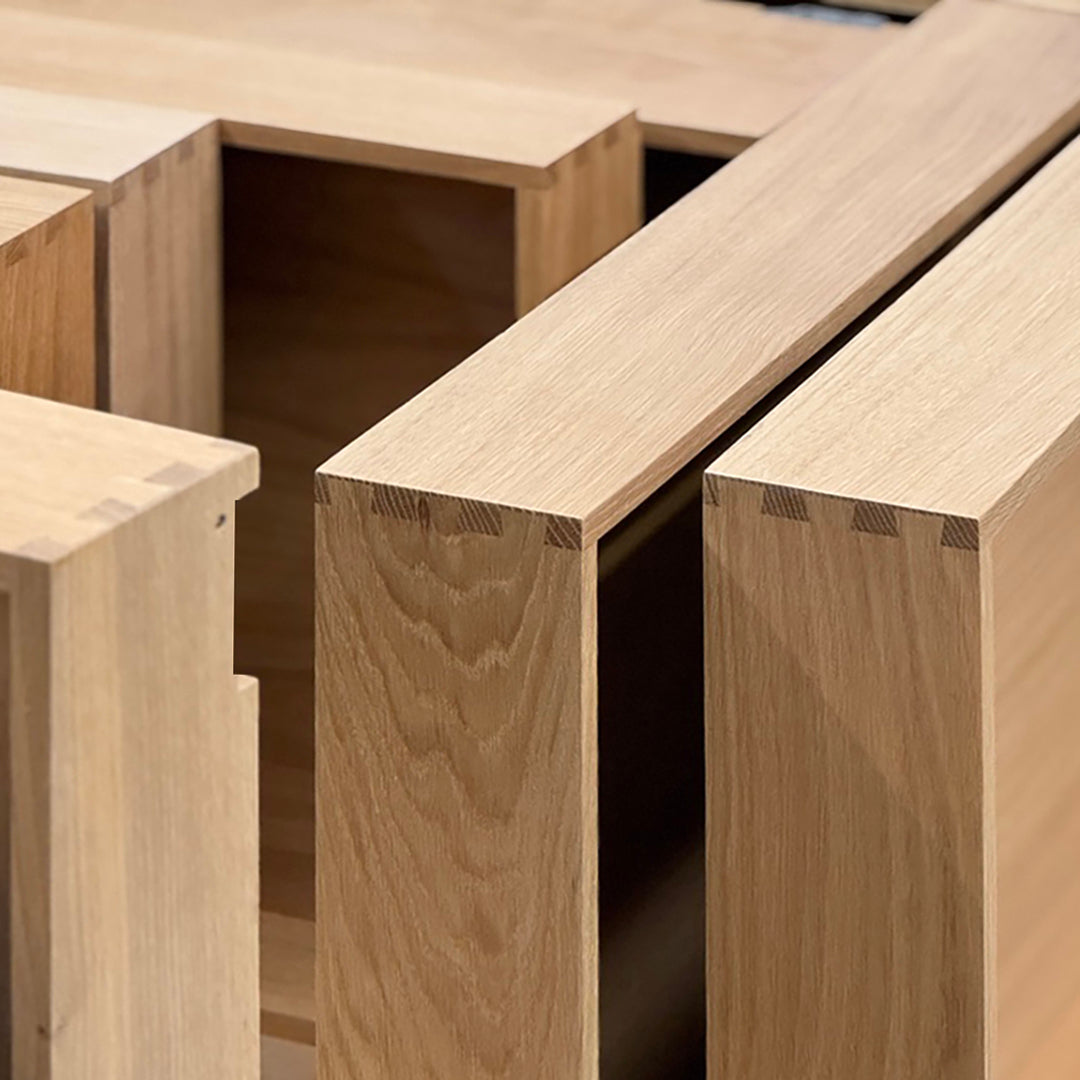THROUGH THE FAWN LENS
Designing Around Beams and Low Ceilings: A Complete Guide
Old houses don't follow modern rules - and that's exactly what makes them interesting.

Image: Unique Homestays
Exposed beams and low ceilings are common features in period properties that often worry homeowners. However, these architectural elements can add significant character to your space when approached correctly. Here's our complete guide to working with, rather than against, these traditional features.
Working with exposed beams requires understanding their potential as natural focal points. Whether you're dealing with Tudor timbers or Victorian joists, these structural elements can transform your interior. Consider painting your beams - matt white creates a modern Scandinavian look, while dark charcoal adds drama. If you prefer authenticity, natural wood treated with traditional oils enhances the natural grain and preserves historical character.
Lighting can dramatically change how beams impact your space. Install LED strips for subtle uplighting that creates interesting shadows, or use small spotlights to highlight attractive sections. When adding modern features, consider how they complement original timbers - glass partitions or steel supports can create an appealing mix of old and new.
Working with low ceilings isn't about making them feel higher - it's about making them work smarter
Low ceilings respond well to thoughtful design choices. Light colours on walls and ceilings help reflect natural light, while vertical stripes can create height illusions. Try painting your ceiling slightly lighter than your walls to draw eyes upward. Furniture choices matter significantly - look for low-profile pieces that don't compete with ceiling height. Mid-century modern furniture often works well, as do built-in solutions like window seats.
Storage becomes crucial in rooms with height restrictions. Consider built-in solutions between beams, utilise under-stair spaces effectively, and opt for floor-to-ceiling wardrobes with sliding doors. Pull-out storage and multi-functional furniture help maximize space without cluttering rooms.
Lighting needs careful consideration with lower ceilings. Choose recessed spotlights, wall sconces that direct light up and down, or hidden LED strips. These options provide good illumination without taking up precious height. For windows, mount curtain rails close to the ceiling and consider floor-to-ceiling curtains to create vertical lines. Roman blinds work well for smaller windows without sacrificing height.
Choose materials that complement rather than overwhelm original features. Matt finishes reduce glare and suit historic settings better than glossy alternatives. Natural stone or wood flooring, subtle textured wallpapers, and tactile fabrics add warmth without bulk. Use reflective surfaces strategically to bounce light around the room.
Remember that period features have endured for good reason - they create human-scale spaces that feel naturally welcoming. By embracing these elements rather than seeing them as problems to solve, you can create rooms that honour their history while meeting modern living needs.
MORE FROM THE FAWN DESIGN CIRCLE

Traditional Woodworking Joints: Our Complete Guide to Screwless Joinery


